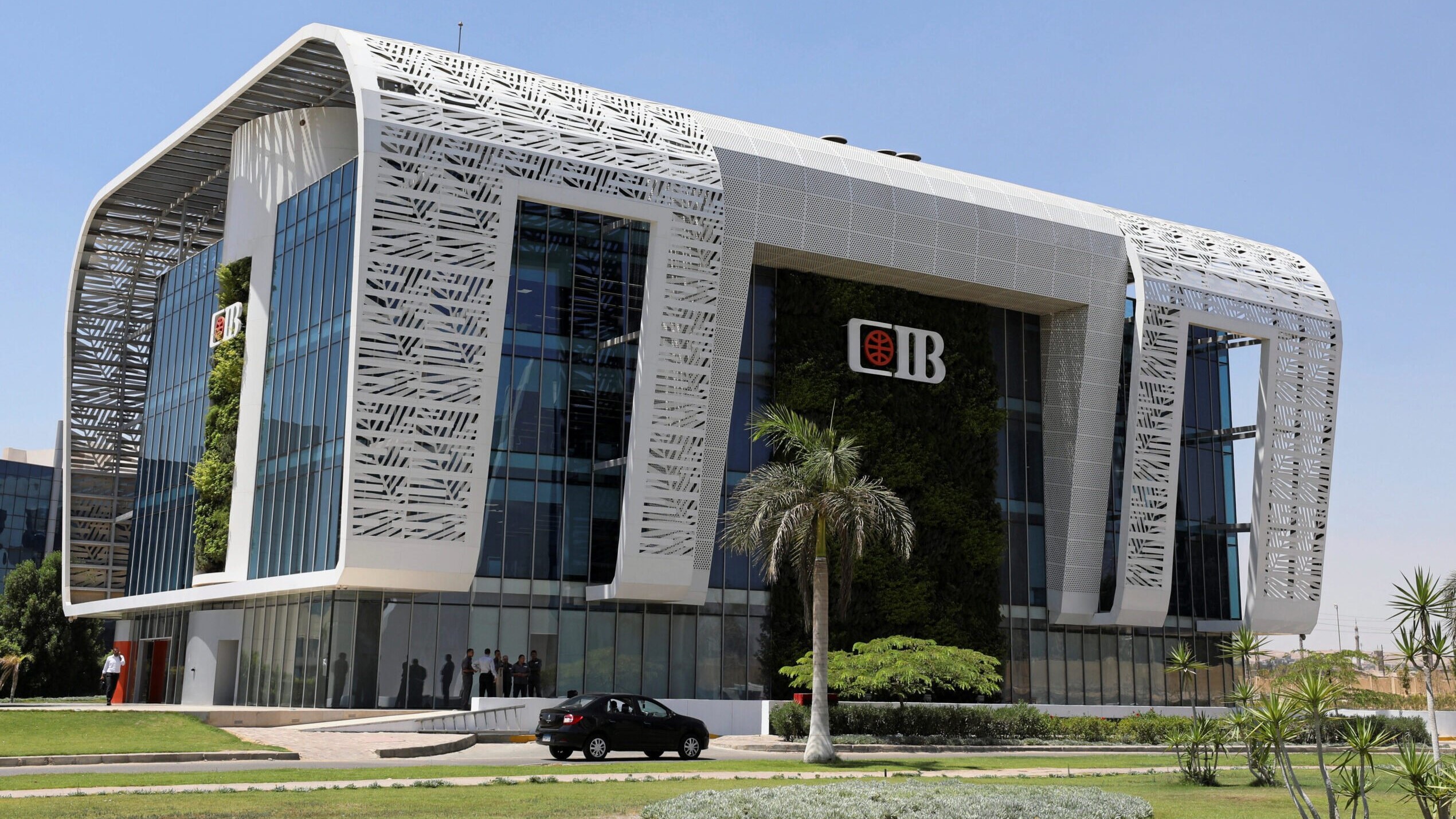A Chinese state-owned firm wants to develop the biggest solar plant in Uganda.
China Energy Engineering Group Company has announced its intent to develop a 500 megawatt (MW) dam and has contracted China Gezhouba Group International Engineering Company as its engineering, procurement and construction contractor.
“China Gezhouba Group International Engineering Company (Gezhouba International Company), a subsidiary of China Gezhouba Group Company has entered into a framework contract for the 500 MW photovoltaic power generation project in Uganda,” the announcement made by CEEC, reads in part.
A framework contract, according to online sources, is an agreement between one or more businesses or organisations with the aim of establishing terms governing contracts.
According to the Chinese company, the 500 MW project will be constructed in two phases at an estimate of $500m (Shs1.8trillion).
Gezhouba International Company will be required to design, procure, construct and perform trials for the 500 MW photovoltaic power generation project.
The specific scope of work, contract amount and time limit of performance of the project, the announcement reads, will be determined in the subsequent formal commercial contract agreement.
The framework contract term is expected to last three years.
However, the Electricity Regulatory Authority (ERA) yesterday told Daily Monitor that they are yet to receive an application for development.
“We have no record of such an application by China Energy Engineering,” Mr Julius Wandera, manager communication, ERA said.
The news comes just days after ERA revealed that another Chinese firm has applied to build a $1.4b Ayago Hydro Power Plant on River Nile.
This is the case despite Uganda’s power surplus with a generation capacity of about 1,250 MW but only 670 MW peak demand.
Mr Barry Dyson, power sector lead at Cities and Infrastructure for Growth, said despite the power surplus, Uganda needs diversification, so solar power is relevant, especially if it is in areas that are not connected to the grid.
“Uganda needs diversification, if customers to take the power are around to make the economics viable. The decider is the price of power at the fence as well as the cost of capital,” he noted.
However, according to Ms Diana Nabiruma, Africa Institute for Energy Governance senior communications officer, Ugandans are saddled with solar power projects that have not benefited the end user.
“The Tororo, Soroti, Mayuge and other solar power stations have not contributed to a lower power tariff yet government should be looking at bringing the tariff down through pursuing cheaper solar power projects,” she said, adding the best option would be to promote off-grid solar.
Uganda is struggling to lower tariffs amid growing power surplus generated by expensive dams which strain the country with capacity payments.
The average rate of return for renewable projects is 12 to 20 per cent. Data from ERA indicates that Uganda has four grid-connected solar photovoltaic plants with capacity of 50 MW.
These include, 10 megawatt-peak (MWp) Bufulubi Power Plant, 10 MWp Tororo Solar North Plant in Tororo District, and the 20 MWp Kabulasoke Solar Plant in Gomba District.
SOURCE: Monitor

Ethiopia has cleared the way for Safaricom to introduce M-Pesa in the market of 110 million people after deciding to include the ...

Egyptian largest private sector bank by assets Commercial International Bank (CIB) is seeking to acquire more banks to strengthen ...

The European Investment Bank and International Solar Alliance have published a study outlining access solutions to overcome key ...

Kenya has been ranked the top country in the world in reducing population with no access to electricity, pointing to the impact ...